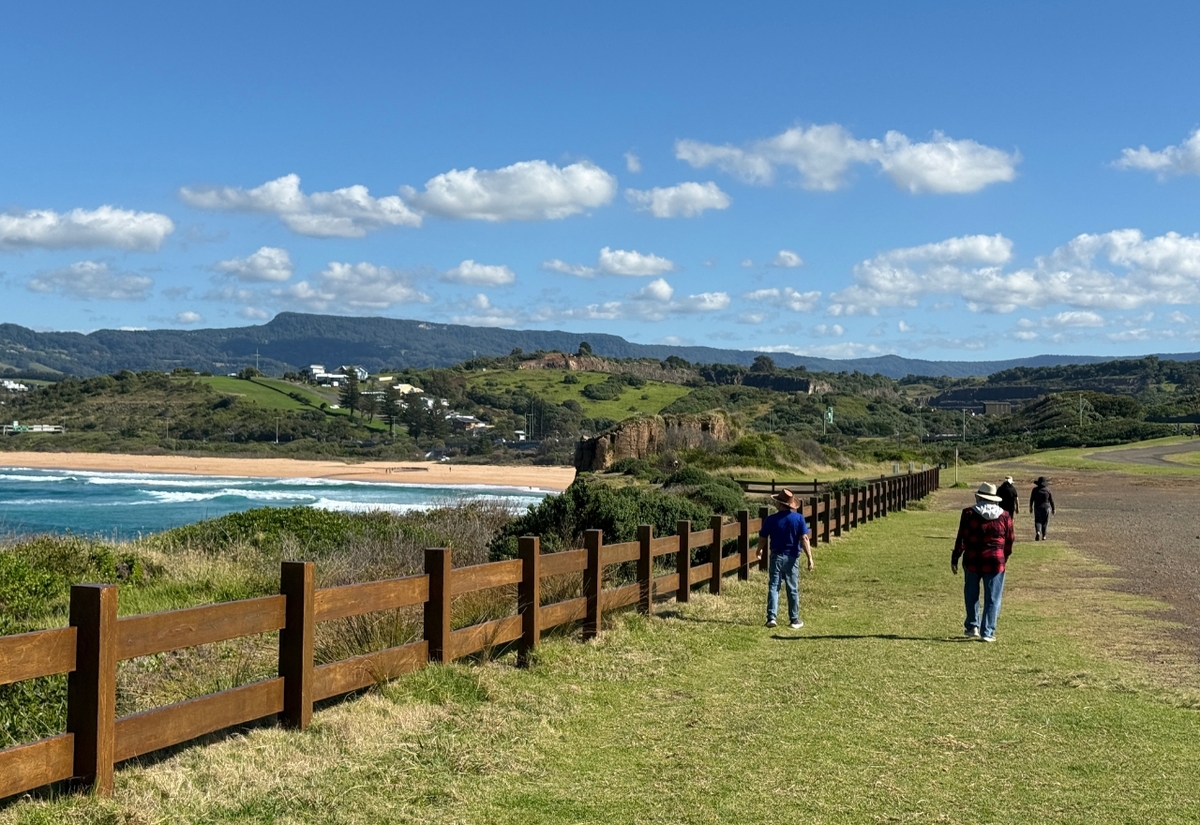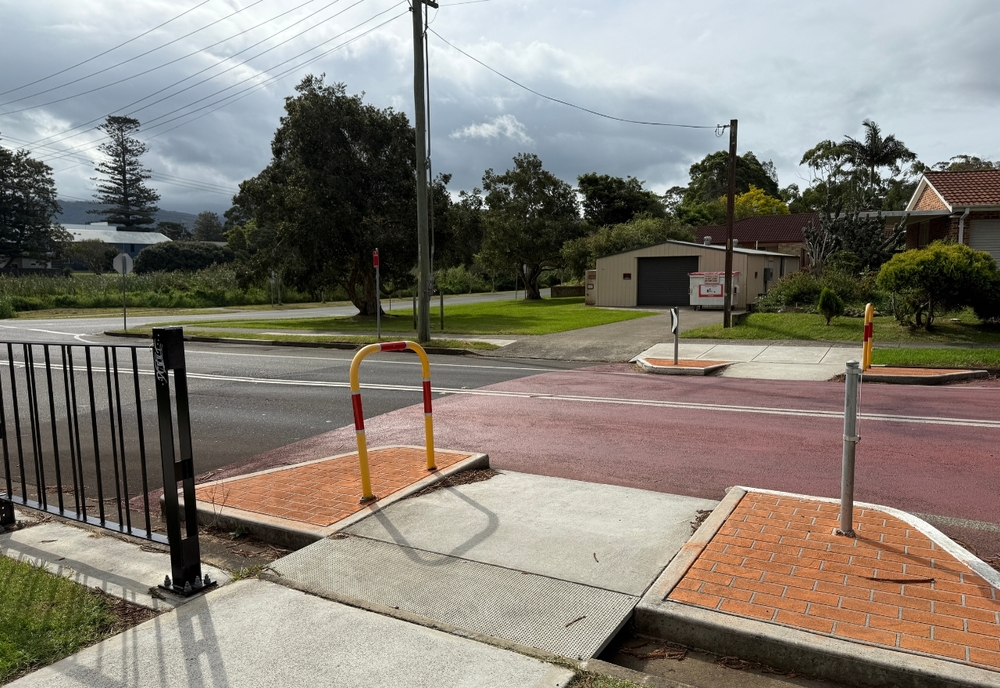Coastal Walk proves we can build for people, not just cars
Lynne Strong
14 May 2025, 11:00 PM
 A perfect day on the Bombo Headland section of the Kiama Coastal Walk, where views are expansive and walking is a joy
A perfect day on the Bombo Headland section of the Kiama Coastal Walk, where views are expansive and walking is a joy On a sunny afternoon, Kiama’s Coastal Walk feels like a vision of how things should be.
Locals and visitors stroll, joggers nod hello, and dogs pad happily beside their humans. The views are stunning, the signage clear, and the sense of belonging unmistakable.
While the track is not designed for prams, wheelchairs or walking aids, it still offers a glimpse of what good public spaces can feel like when they are thoughtfully planned and loved.
But take a few steps inland and the contrast sharpens. Footpaths disappear. Roads become barriers.
Getting to places like Kiama Fire and Rescue, our playing fields, or even the local schools can feel like a high-stakes game of dodge the traffic.
That is why walkability matters. It is not about scenic tracks. It is about how we move, how we live, and who gets to feel safe doing it.
And it is our community who know this best.
One parent recently stepped up as a human stop sign to help children cross Jamberoo Road near the sports fields. Locals walking with frames have mapped the cracked paths they avoid.
Young people without cars know which streets are too risky to use.
Some elderly residents say they do not walk at all, not because they cannot, but because they are afraid of falling.
A clear example is the crossing at Belinda Street and Rowlins Road in Gerringong, near the school and aged-care village.

Despite community petitions, expert input, and a strong advocacy campaign led by the school P&C and local engineer Lewis Browne, the crossing remains confusing and poorly prioritised.
What should be a simple safety upgrade has been delayed by bureaucracy, design standards and funding barriers.
In the meantime, older residents are discouraged from staying active and children are left navigating uncertainty during school drop-off.
As Browne said, compliance does not always mean safety. These lived experiences are a form of expertise.
As Kiama grows and planning decisions are made, the people who live here must help shape what comes next.
We do not need every walking path to suit every person. But our streets, our neighbourhoods, and our daily destinations absolutely should.
Because our coastal walk proves we can get it right when we listen, when we plan for people, and when we put walkability at the heart of a truly liveable place.
NEWS




